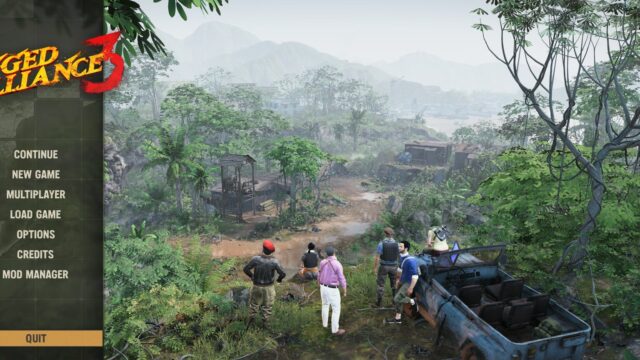Shardlight Review
Yes, yes, Wadjet Eye with their pixelated toys again. You don’t have to pretend that you’re not interested – we can see how many hours you’ve spent on Blackwell since our last conversation! Everyone loves quests, from young to old, there’s nothing to be ashamed of here.
What? You’re saying you haven’t played any Blackwell games? And not even Kathy Rain Didn’t you start it? Well, okay then… Let’s try one more time. Here’s Shardlight. It’s not a masterpiece, of course, but maybe it will at least interest you.
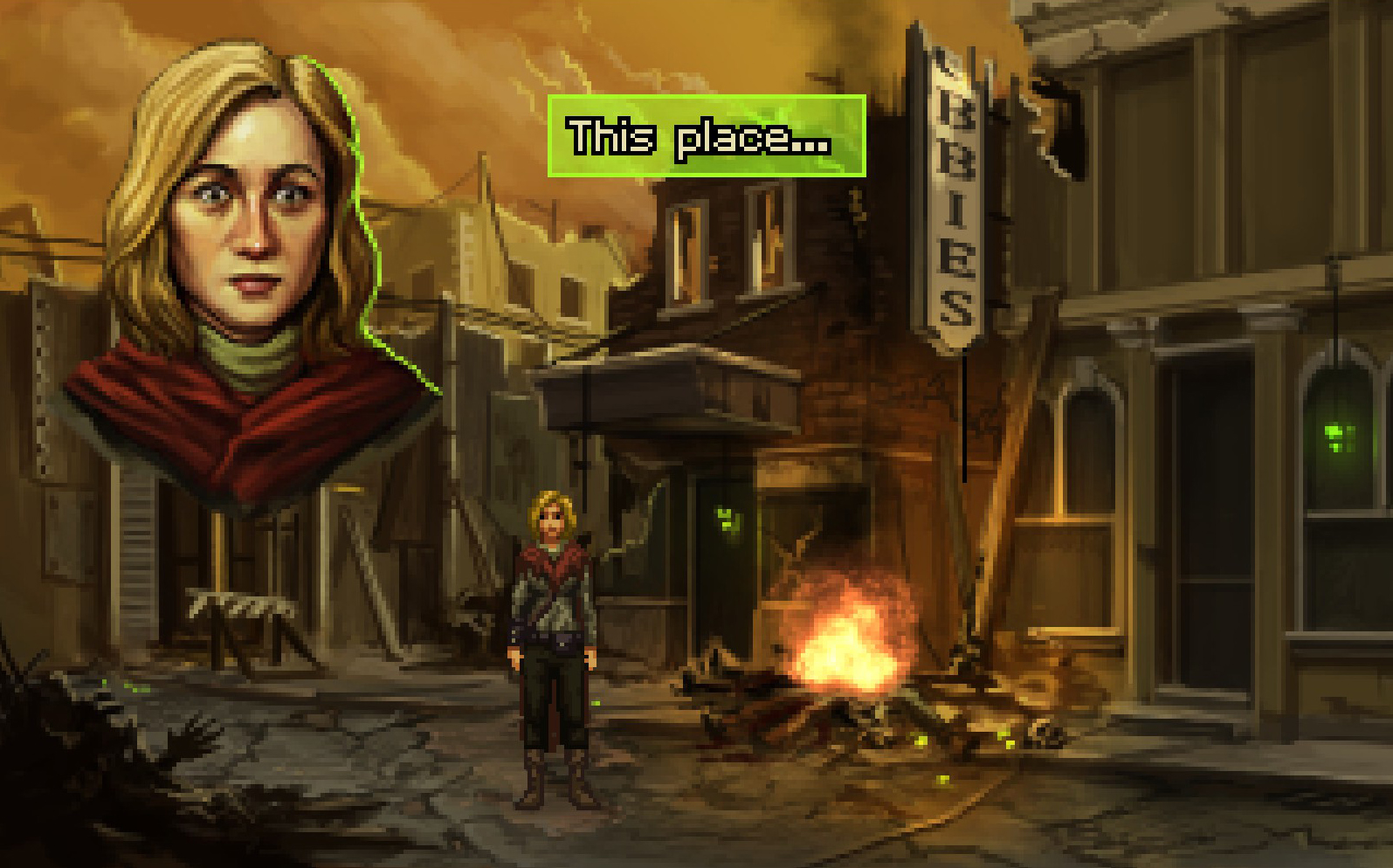
This time, wit and cursor skills are proposed to be demonstrated in a rather gloomy setting. More precisely, in a post-apocalyptic dystopia that formed as a result of a destructive war. After the superpowers played with atomic bombs, the survivors were led by the descendants of the ministries, who called themselves the Aristocracy and took control of the most important resource – the vaccine for the “green lung” disease that ravages the ruins of the old world.
For ordinary people, the only way to get the medicine is to participate in a regular government lottery. In terms of the probability of winning, it’s something like a repost contest on IGM, but you have to earn a ticket for the draw by doing some particularly dirty work for the government. It is precisely one of these tickets that our heroine, Amy Vellard, is trying to obtain when a chance encounter turns her unremarkable life as a car mechanic into the everyday life of a revolutionary.
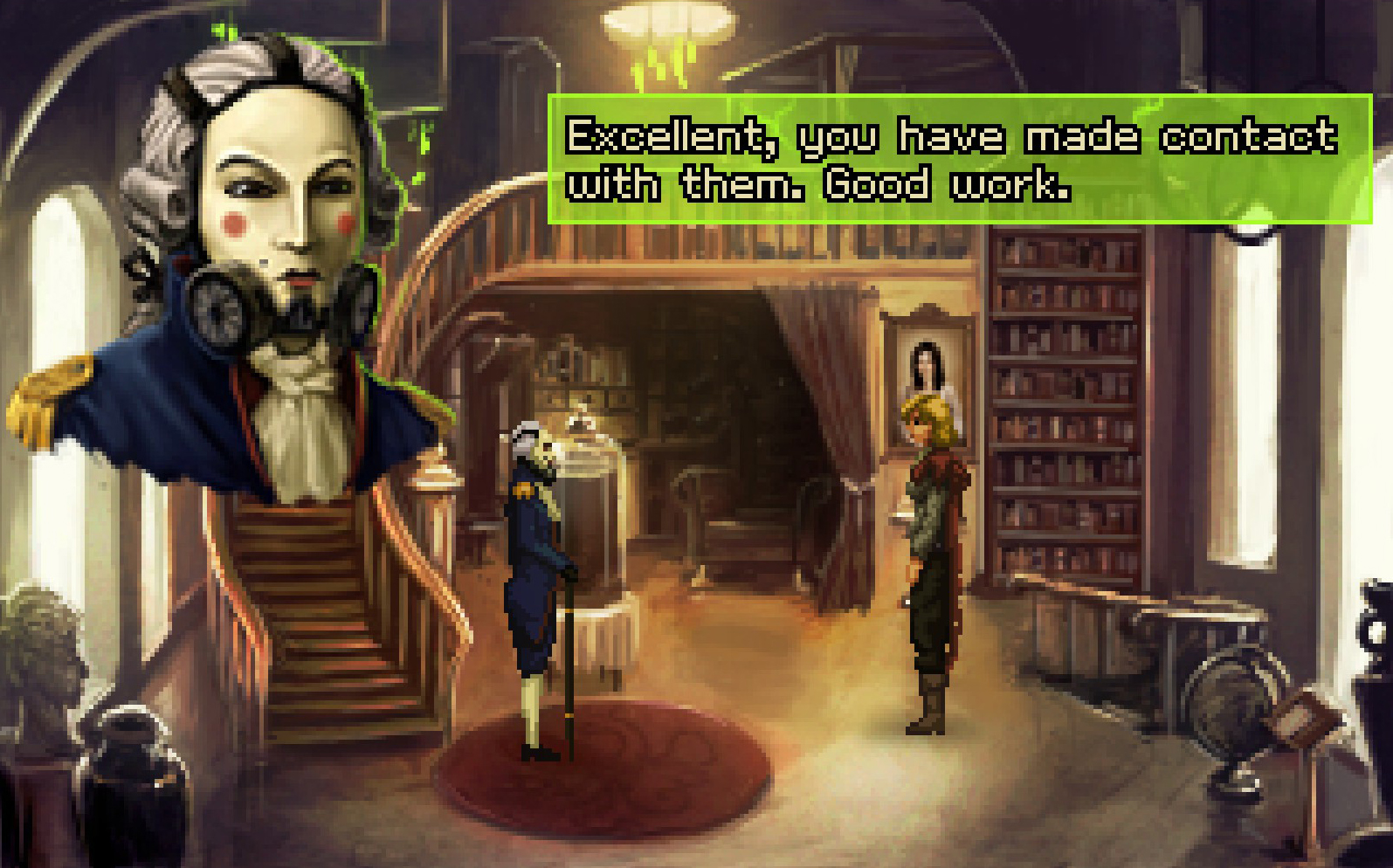
The Shardlight universe is interesting and in some sense unusual, but the thoroughness of its development is noticeably below the quality standard set by Wadjet Eye. It is enough to compare it, let’s say, with Primordia, another post-apocalyptic depiction by the studio. That was not just a story, but a detailed, almost book-like world, where every element was described in detail and had its place in the overall picture. You didn’t have to delve deep into it, but the fact that it was ready to answer all sorts of “how?” and “why?” questions inspired respect.
In Shardlight, everything is somehow superficial and vague. They fought, so now we have a crossover of “1984” and “The Hunger Games” in post-war settings. The premises are talked about and written about without much passion, so trying to find out what happened during the 20 years after the Third World War, why the government guards are armed with silicon guns, and what kind of disease it is, is useless. All of this is more like convenient facts for specific plot situations rather than part of a believable setting.
But even in this form, the story manages to intrigue. Among the clichés, interesting political and religious themes shine through, which are interesting to follow, the narrative maintains a lively pace, and the stereotypical characters even emit some kind of charisma. Many of them, however, turn out to be expendable, but the main characters are well developed enough to at least be relevant. At the very least, their images are so memorable – have you ever seen oligarchs in porcelain gas masks anywhere else?
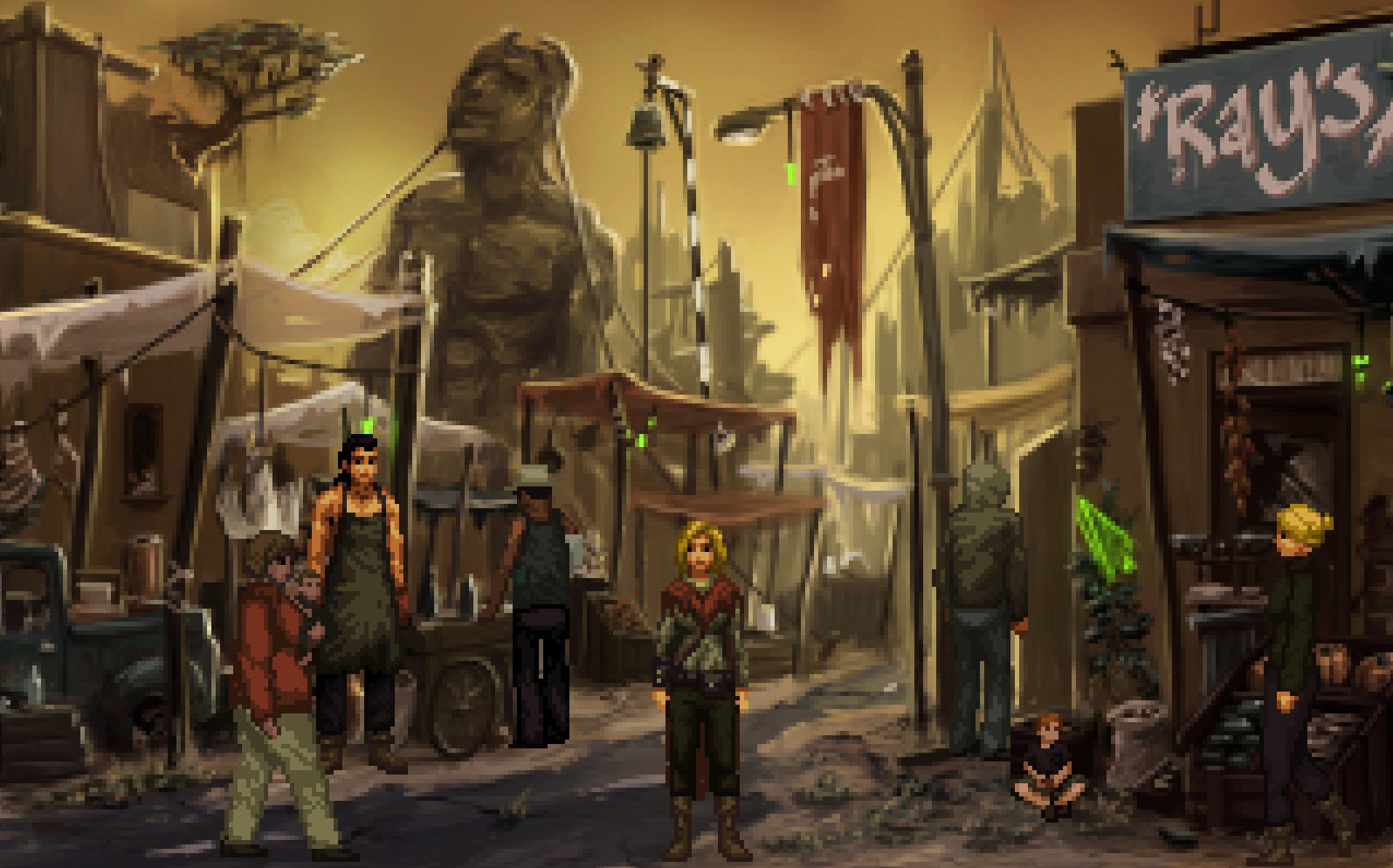
And in general, the artistic aspect of the game provides an impressive amount of impressions. Stylistically, it is probably one of the most original adventures of modern times, and its uniqueness is embodied in elegant pixel art, beautiful music, and delightful voice acting of the characters, as always. That’s what really makes you believe in what’s happening.
Fortunately, the aesthetic pleasure is complemented by the gameplay. In terms of how it all works and plays, Shardlight is quite user-friendly. It never disperses into dozens of locations at once, but it also doesn’t confine you to narrow corridors. The accessible area usually doesn’t go beyond five or six screens, with a clearly defined goal and plenty of opportunities for exploration.
However, in that case, the puzzles could have been more challenging. While there’s no need to complain about the logic of the quests, which is strange at times, the tasks are clearly lacking complexity. In their majority, they are typical “use A on B” and its simplistic variations, easily solvable through brute force even with the limited number of items. There are only about three puzzles that require any mental effort – they are of good quality, but few in number.

Conversations with local sectarians give a invigorating dose of fatalism for the whole day.
Qualitatively, but not enough. This is how you could characterize the entire Shardlight in general without going into long paragraphs. This cruel (honest word, heads roll for a reason and without) and in a sense depressing adventure definitely pleases more than not, but the lack of attention to its individual components deprived the game… of completeness, so to speak.
And this incompleteness affects the residue that remains after completion. Parting with the infamous Primordia is extremely difficult: you still launch it for several days in the hope of finding missed crumbs of content that would prolong your stay in the enchanting world. But Shardlight you let go with a completely calm heart. The game is good, but at the moment of its completion, you feel a distinct sense of satiety. It was interesting, thank you, no more needed.
This is largely due to the questionable ending. It turned out spontaneous and abrupt, further emphasizing the superficiality of the execution. All the authors’ attempts to convey some loud message boiled down to a twist, as if hastily crafted a few hours before release, and imposing the ubiquitous Nonlinearity™ where it shouldn’t have appeared. Too weak of an introduction for a dramatic dilemma.
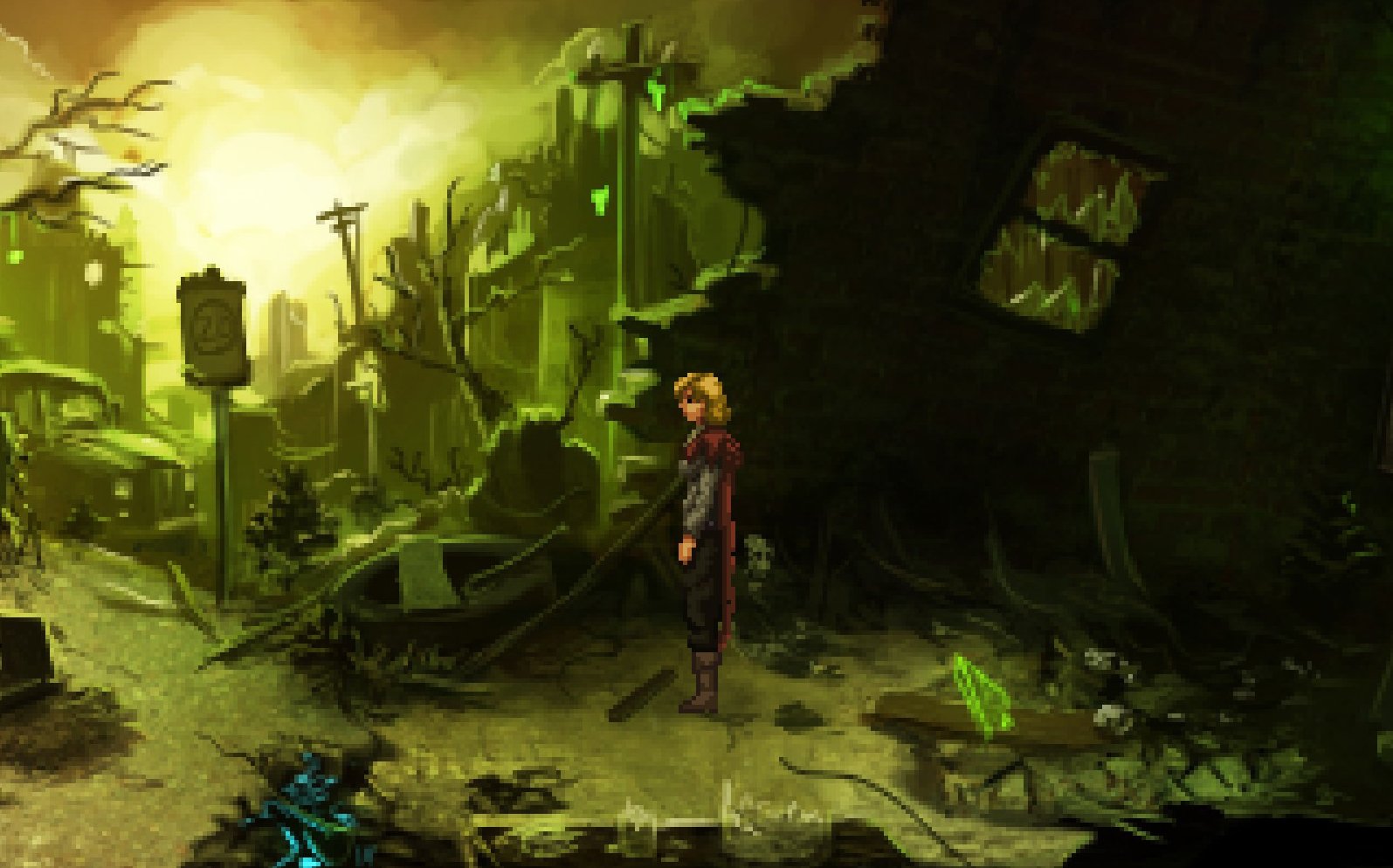
On one hand, the evolution of Francisco Gonzalez’s creativity, which became controversial a couple of years ago. Un despertar dorado, it is obvious. Shardlight is more mature and better in all aspects – this is already a good reason to recommend the game to all genre enthusiasts.
But there is a sale coming up soon…
Share
Discuss
More Reviews


